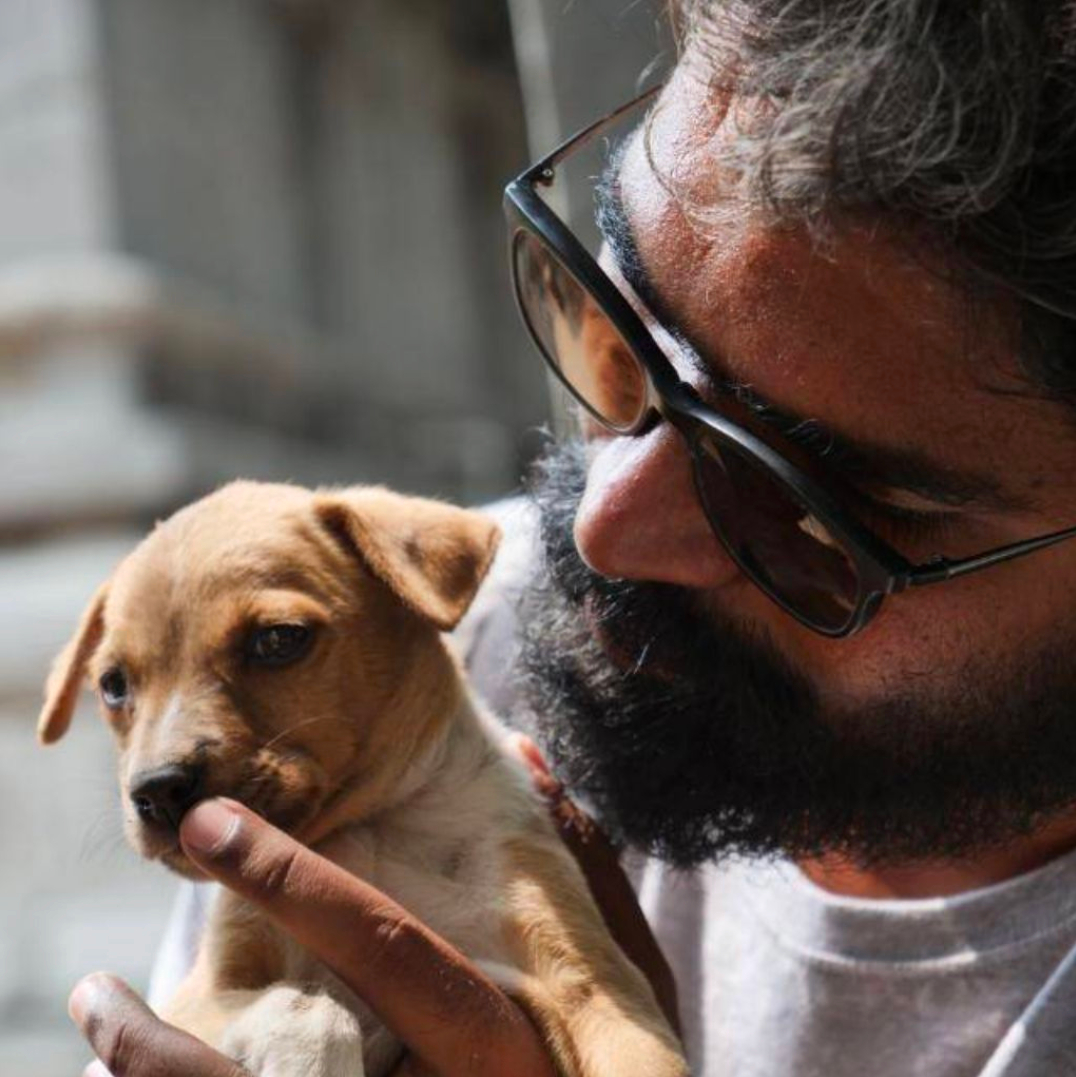
Ganesh Gopal
between Humanities & Technology
My initial understanding of the very word archive had a technological perspective as it become common with blogging where archive of the blog provides a chronological record of pages that were published so far. I had only very little understanding about the need of memory institutes and infrastructures like museums and archives. Initial confusions of what is exactly is necessary to make an archive helped me explore about its political nature, its form, and to a degree about its implementation from technological point of view. Thankfully, i have been guided by eminent scholars of humanities, library and information sciences guiding me by openly sharing the tools, techniques and more importantly the purpose and on how not to reify by giving careful attention for the context.
My earlier exploration and timely help let me learn about the factors that were expected in a conventional archival system, its standards slowly. My design interest into data driven story telling, visualization, model embedding, explorable explanations, cartography and social experience with respect to knowledge commonig movements - provided me a landscape to conceptually explore on how to combine the resources and knowledge that further cleared the mist. Thus a momentum to build a tool or framework emerged, and the learning started by seeking collaboration from my Free & Open Source Software [FOSS] movement peers to build an archive with the understanding we had at that point of time. However, initial attempt eventhough energetic and promising proved futile partly because of aimbitious undertaking of building it from scratch and partly due to COVID 19, which disrupted real collaboration.
Earlier introduction to Semantic Web principles, Standards, Practices, Technology and Tools based on it like OmekaS, Scalar, etc... my interest to see it through once again grew. Engaging in Public History, Ethnography field works and meaningful conversation with scholars of literature, history, archaeology, epigraphy, mathematics, anthropology for the Social History of Mathematical Practices [SHMP] helped at informing on what actually is important. This practice of combining the digital and the humanities paved a roadmap on how to work on it further.
Parallel endeavour of rebuilding the Historical Atlas of South India, again proved to be aimbitious as the earlier proprietary development nature demanded to rebuild the project from scratch. This involves lot of to and fro conversations with earlier developers to understand how the context of atlas and corresopnding data structure, information architecture resonated with each other. Again collaboration with FOSS peers who could able to understand the needs made it data restructuring possible that culminated in delivering a working prototype with modern web standards which build on a Thematic-Spatio-Temporal framework that i have envisioned as a conceptual tool to meet the needs of practitioners of humanities and social sciences. This conceptualization is not completely new, and can be easily formulated by anyone who could observe the common design and interaction pattern from earlier existing works.
Realizing a broader and deeper necessity of understanding information scientifically upon studying the history of Semantic Web and associated works finally landed me to pursue a Post Graduate full time course on Library and Information Sciences. The course provided a broader historical perspective and critical underpinning which I realize is severely lacking in the wider culture of FOSS movements. This further encouraged me to probe its usefulness in not only curating an archive of practice, but also enabled me to understand why Information and Communication Technology is so much a tool of problem rather than solution. A serious necessity to collaborate even between these two closely realted practice becomes essential in current social and political condition.
Exploration on different kind of archives all over the globe, like Homosaurus, Densho, and other critical archival works allows me to revisit, learn in retrospection so that any possible mistakes, erasures can be erased while keeping a constant with the local contextualization by collaborating with diverse scholars and through field works.
[Q - About Us, Roadmap, Technology Infrastructure links]

between Humanities & Technology
Digital preservation is less about the specific technology and more about the commitment to ensuring that information remains accessible over time.
- Trevor Owens